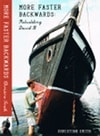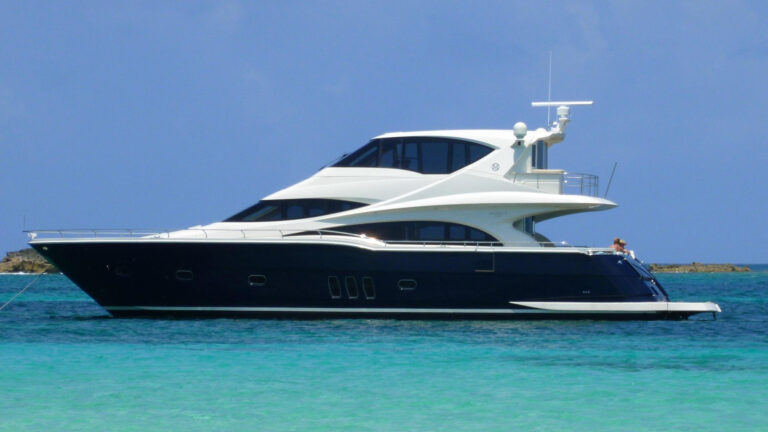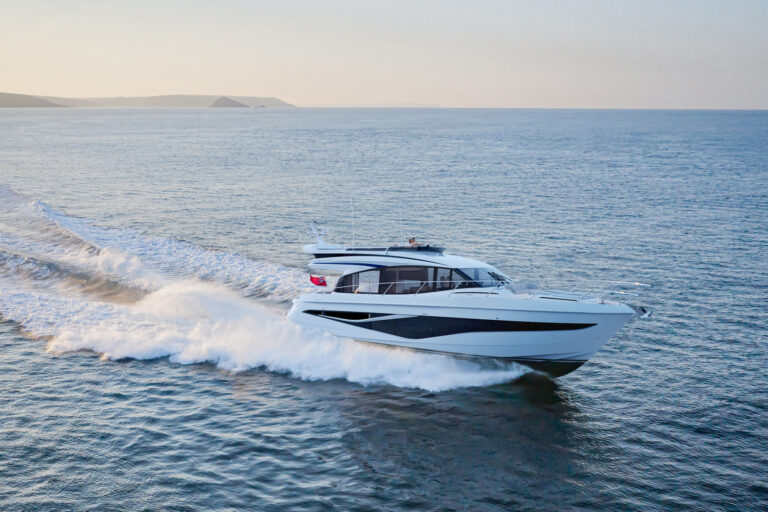It was Bill’s eighty-seventh birthday last Thursday when he walked up to the David B. I was standing in the galley doorway when I first saw him. It’s common for people to stop by the boat, and I usually try to keep working while they admire or ask questions, but when I saw Bill, I knew it was going to be a long conversation. I sat down on the rail cap and let him begin.
Before he started talking, he took a long look at the David B, and then as he focused on the light box inscribed with “1929” he began to recall his days working on boats. As he moved through time, with each boat he talked about he described the type of engine and where he and the boat had worked. Most of his time was spent in fishing in Alaska and around Bellingham. About ten minutes in to the conversation I began wishing I had a pen and paper to write down his stories because I knew I wouldn’t be able to remember it all.
One of the boats he’d often come back to was a cannery tender named Bear. He’d been the engineer on it and loved its six-cylinder Lorimer engine; mostly he loved that it had been designed by an engineer at Atlas-Imperial so that it could be easily worked on by fishermen in the field. As I listened to him talk about the Bear, my mind wandered a bit. I was reminded of how few of these walking and talking history books are left and how lucky I am that people like Bill stop by the David B to share their oral histories. I refocused on Bill’s story about how the boat had worked as tender for either the Alaska Packers Association or Pacific American Fisheries–I’d missed that detail. As I watched him looking up at the boom on the David B, his posture shifted and he reminisced about how Bear‘s boom was longer because it was used for brailing salmon out of fish traps and into the Bear‘s hold or onto a scow that they would tow.
I watched Bill’s cloudy blue eyes as he talked. For an eighty-seven-year-old, he was remarkable in his ability to remember details. I tried to see through the lines of age in his face to imagine him as a young man working on the Bear and other boats in Bristol Bay. During our chat he talked about crossing Queen Charlotte Sound before radar and how nervous he was when they were caught in a fog near the northern tip of Vancouver Island. I held my breath listening, knowing how many rocks are in the area. He also told me how they were paid by the number of fish caught, and not by the pound. The Bear he said, could hold 5,000 fish, and its scow could hold 10,000. He then paused and wished that his own father, who had wanted him to work at a desk and had said he’d never make much of himself, had lived long enough so see how well he did as a fisherman.
I learned a lot about Bill in the forty-five minutes I sat on the rail cap. He had stories about Normandy Beach in World War II and how he was the last Normandy survivor left in Whatcom County. He also talked about the boatyard he had worked in for years and of the thirty-two foot long fishing boats that he built. After a while, he decided that it was time to leave. I asked a couple more questions about the Bear. He motioned out to Bellingham Bay and said, “Ahh the old Bear. She’s sunk right over here.” I smiled, and when he was done talking, I asked if he’d drop by some other time so I could write down a few of his stories, knowing how valuable his memories are and how few people like him are left. His eyes lit up. I know I’ll be seeing Bill again.
Visit Northwest Navigation Co.’s website.

Check out Christine’s book about rebuilding the David B- More Faster Backwards









